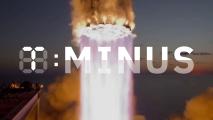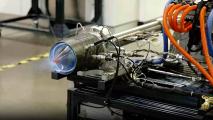This is T-Minus, where we count down the biggest developments in space. For the last installment of 2023, we’re looking back on the 10 greatest space stories of the year, from a record-shattering rocket launch to a new telescope expected to revolutionize our understanding of the universe.
Humanity is reaching new heights in space exploration. Make sure you’re part of the journey by subscribing to T-Minus here.

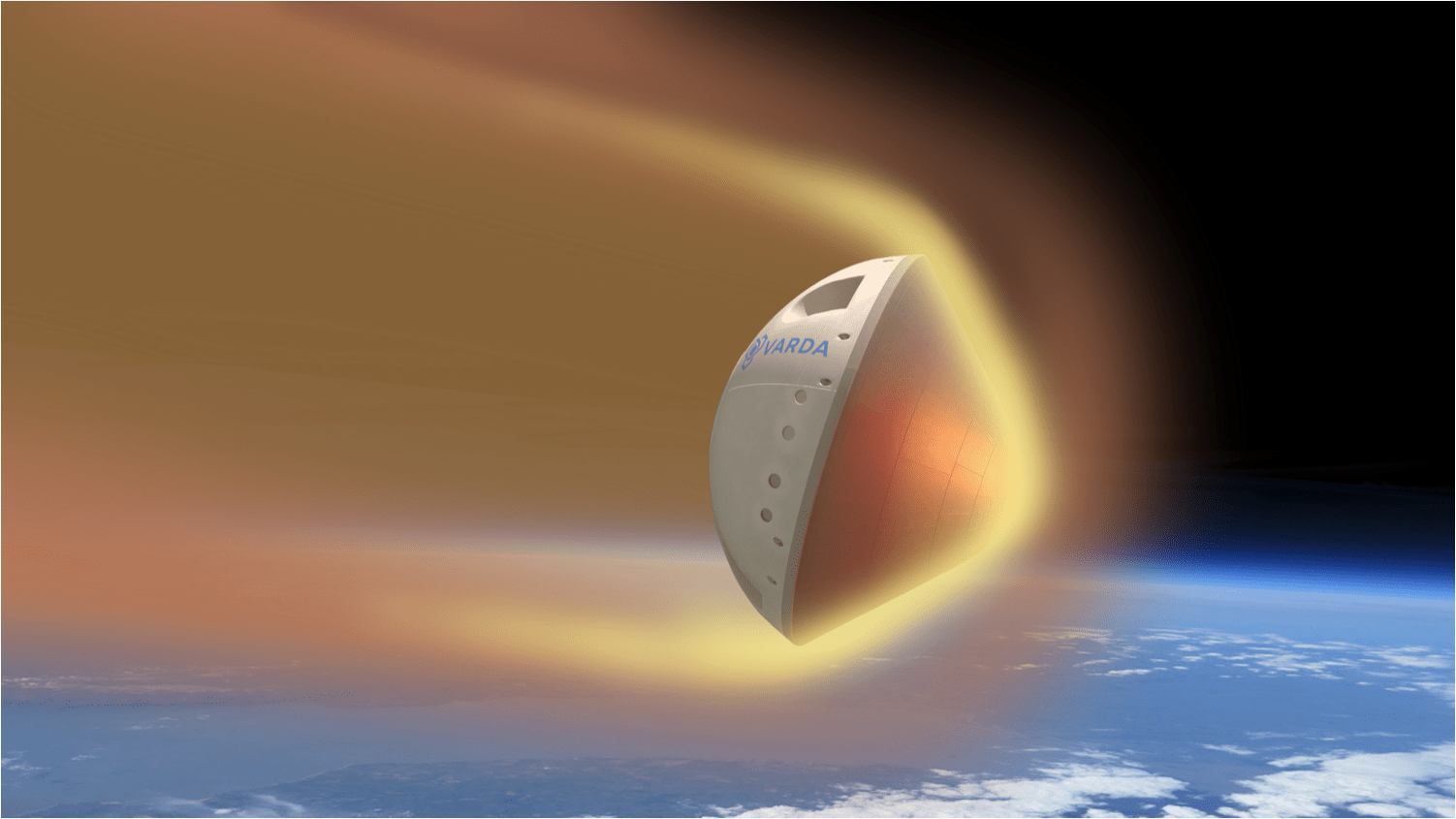
SpaceX launches world’s first “space factory”
Some things, including semiconductors, fiber optic cables, and certain pharmaceuticals, are easier to manufacture without gravity dragging them down, so California startup Varda Space Industries is launching “space factories” to autonomously manufacture them in orbit. On June 12, SpaceX deployed the first of Varda’s factories, which successfully synthesized the HIV-AIDS drug ritonavir in orbit. The new challenge? Getting it back home to Earth.


Webb solves ancient mystery
NASA’s James Webb Space Telescope had a big year, discovering a potential “Hycean” world, a triply-lensed supernova, dozens of objects that “shouldn’t exist,” and more — but its greatest achievement may have been providing evidence that the heat from early galaxies was responsible for major changes in the universe soon after the Big Bang, solving a mystery that has long plagued our understanding of the cosmos.

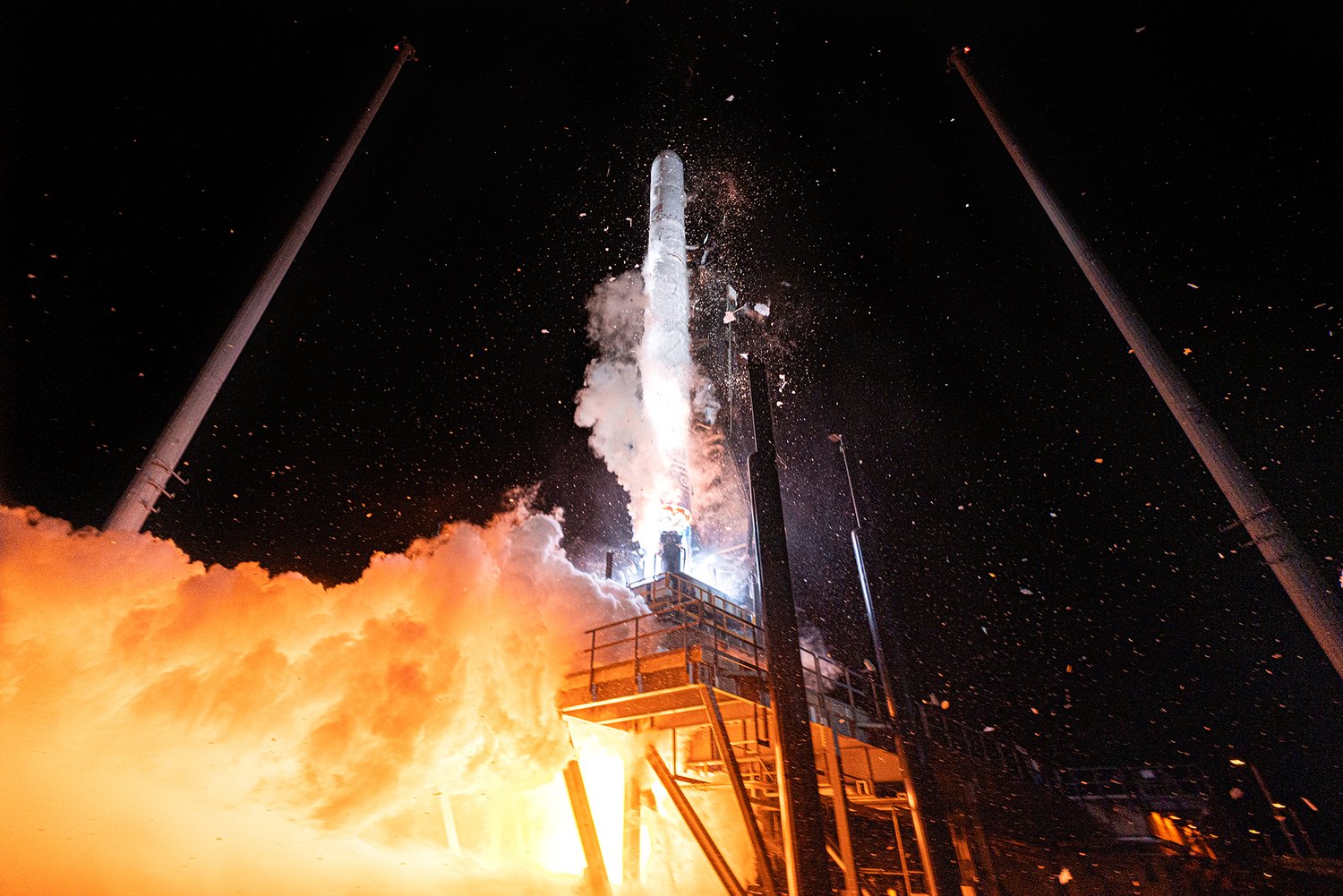
World’s first 3D-printed rocket takes flight
Reusable rockets have dramatically cut launch costs, but it’s still not cheap to send something to space. The startup Relativity Space, based in California, is hopeful that it’ll be able to cut costs even further by making rockets mostly out of 3D-printed parts. On March 22, it launched the first 3D-printed rocket, and though the flight didn’t go exactly as planned (first flights rarely do), it was a major milestone for both the company and the rocket industry.

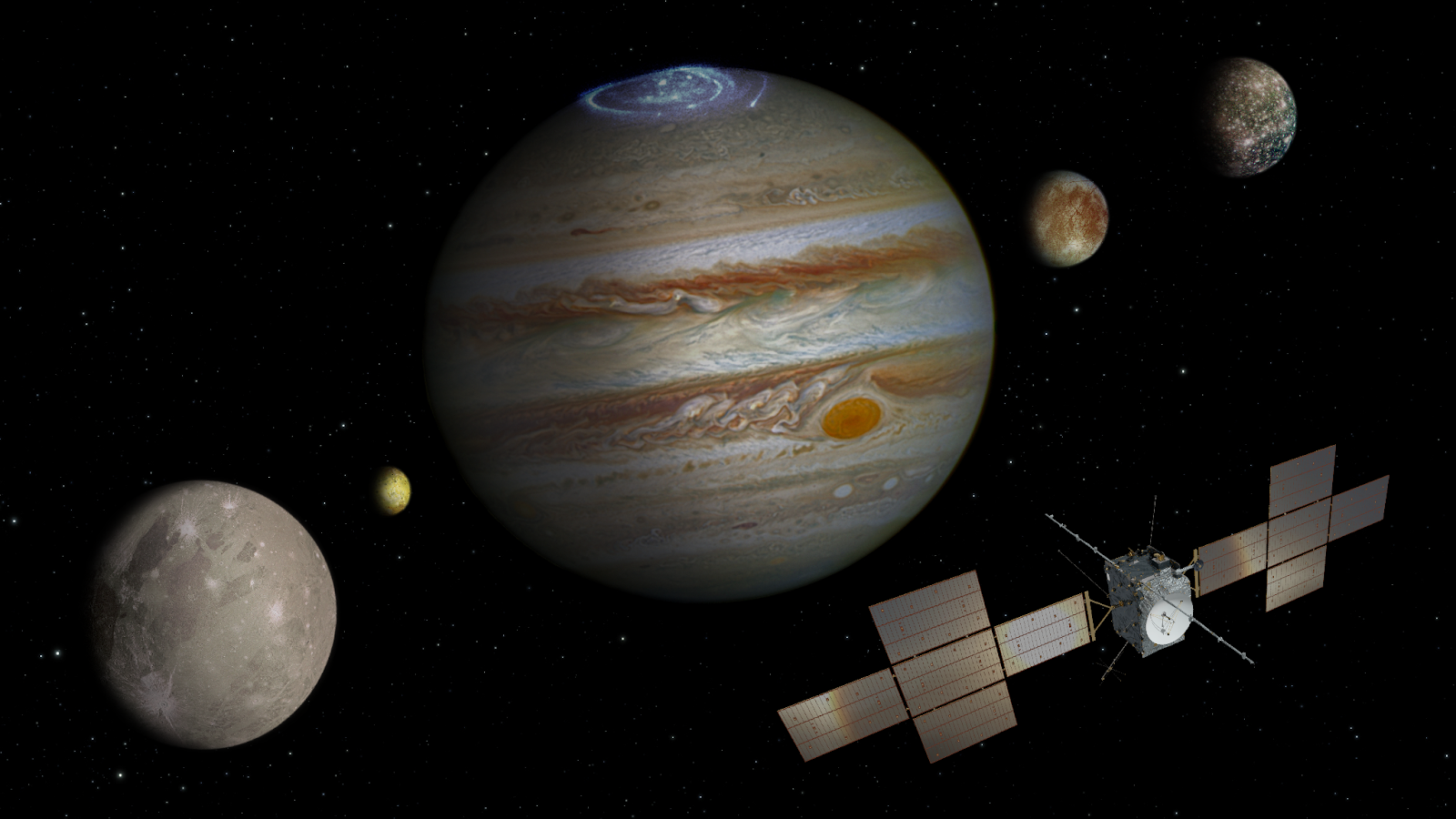
ESA launches JUICE
Jupiter has dozens of moons, and we’re almost certain that three of them — Europa, Ganymede, and Callisto — have huge oceans of liquid water below their icy crusts. This makes them among the likeliest places in our solar system to host life, and on April 14, the European Space Agency (ESA) launched the Jupiter Icy Moons Explorer (JUICE), a spacecraft that will study the moons up close to help us determine their past — or present — habitability.

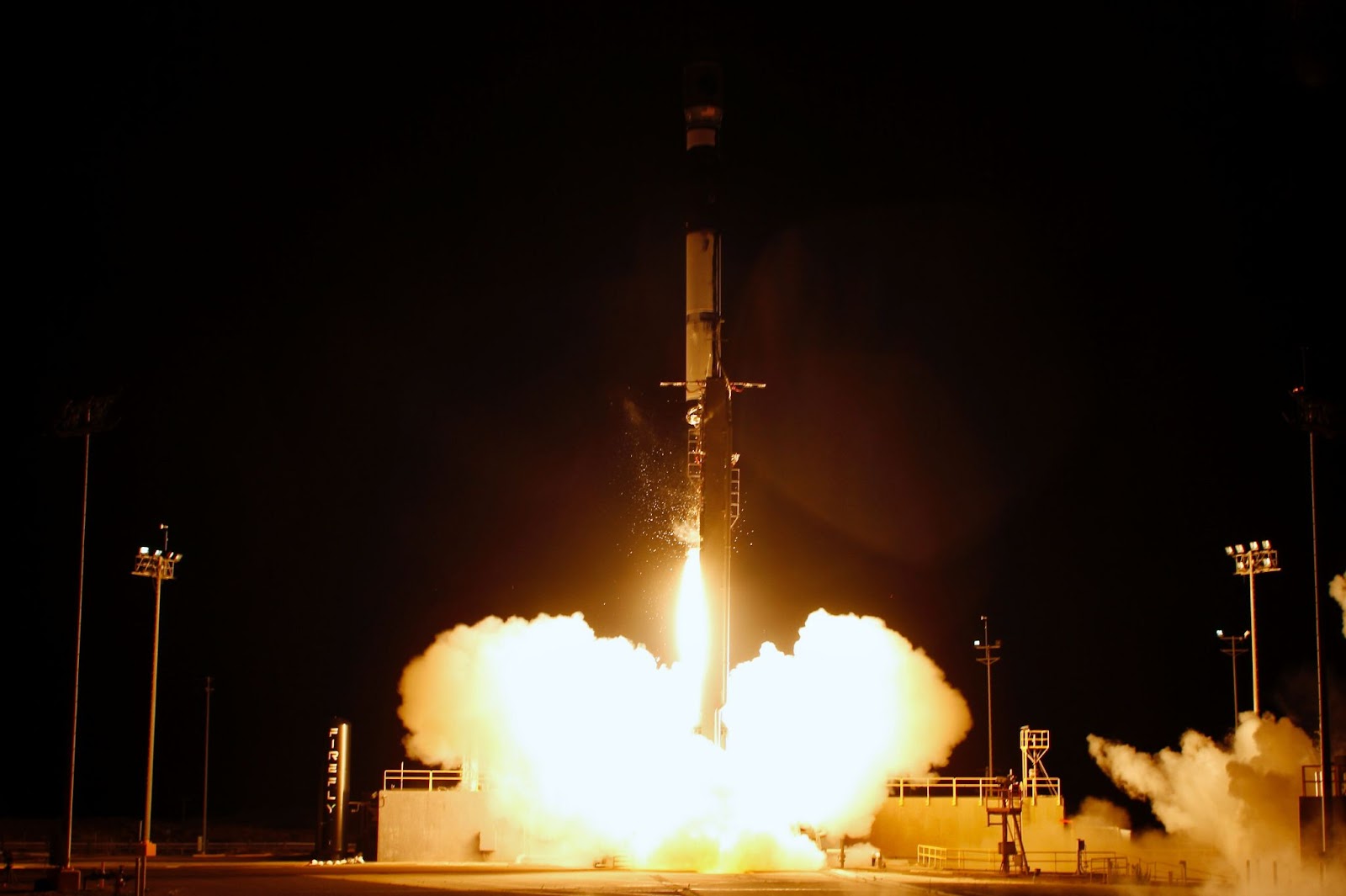
Firefly Aerospace shatters responsive launch record
The US military relies on satellites for communications, navigation, surveillance, and more, so if an enemy knocks one out, replacing it ASAP is hugely important for national defense. In 2022, the US Space Force contracted Texas-based company Firefly Aerospace for VICTUS NOX, a mission to test how quickly the company could get a new satellite into orbit after receiving an order from the Space Force. That order came on September 13, and just 27 hours later, a rocket carrying the satellite lifted off — shattering the previous responsive launch record of 21 days.

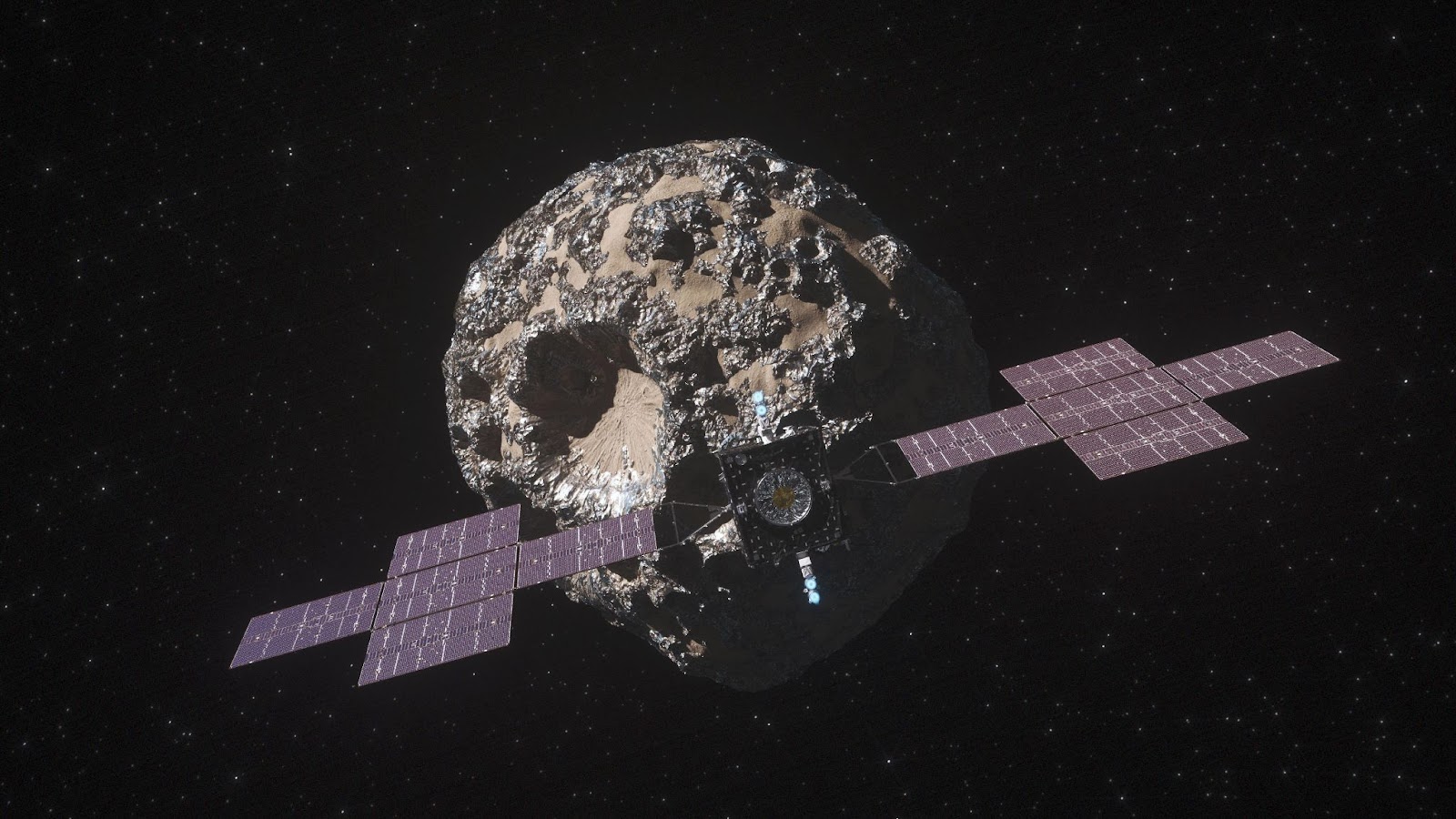
Psyche mission heads to a metal asteroid
Earth’s metal core is essential to our planet’s habitability, creating the magnetic field that gives us an atmosphere and protection against solar winds, so studying it could aid in the hunt for life elsewhere in the universe. We can’t directly look at Earth’s core, though, so on October 13, astronomers did the next best thing, launching a mission to study 16 Psyche, a giant metal asteroid that appears to be the core of a planet that never quite formed.

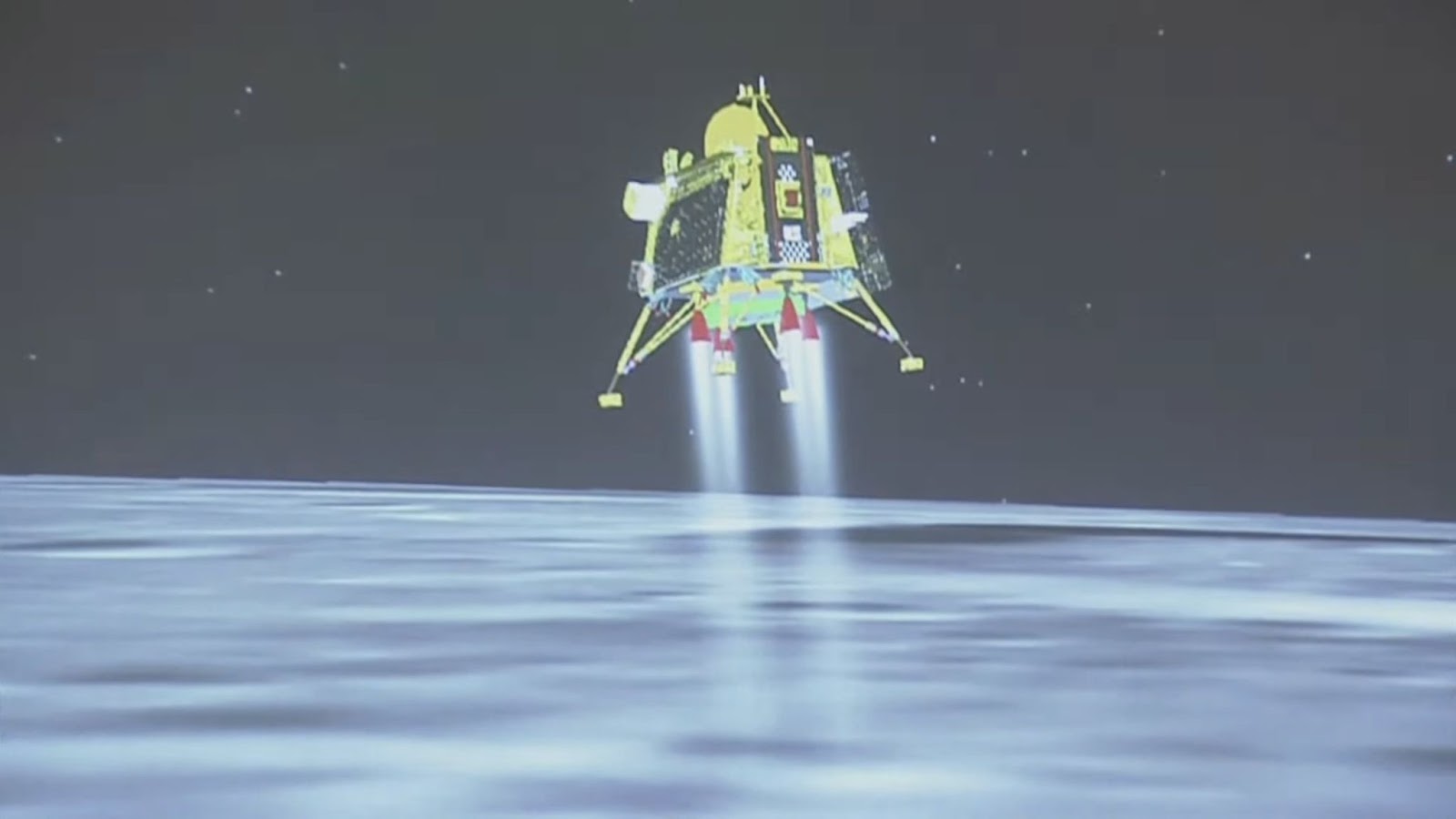
India lands on the moon
On August 23, India’s Chandrayaan-3 spacecraft touched down on the moon’s surface, making the nation just the fourth in history to successfully “soft land” on the moon (a “soft” landing is one that doesn’t destroy the spacecraft). This mission also earned India a spot in the record books as the first nation to land a craft near the lunar south pole — a treacherous region that is largely unexplored.


ESA launches Euclid
When we look at our universe on a large scale, it doesn’t make sense based on our laws of physics — galaxies are rotating too fast to not rip apart, and the universe itself is expanding faster than it should be. Our best explanation for this is that the universe contains unseeable dark matter and dark energy, and July 1, ESA launched Euclid, a space telescope that could revolutionize our understanding of this dark universe.

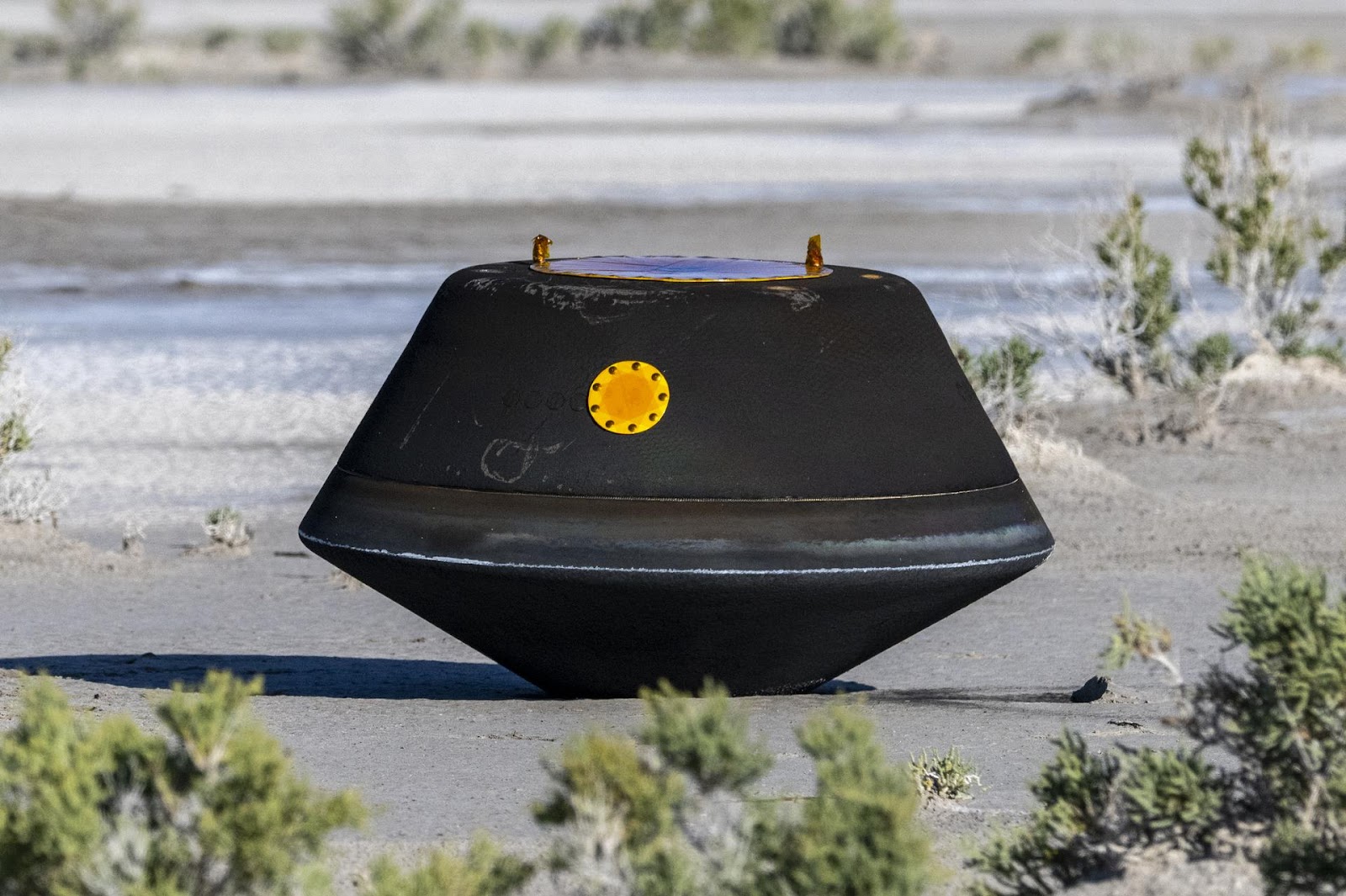
NASA retrieves its first asteroid sample
Seven years ago, NASA launched OSIRIS-REx, a mission to retrieve a sample from a 4.5 billion year old asteroid named Bennu. The hope was that a sample of this ancient space rock could improve our understanding of the early solar system and help us plan future missions to defend against threatening asteroid impacts. On September 24, a capsule carrying bits of Bennu landed in a Utah desert — marking the US’s first successful retrieval of an asteroid sample and launching a new era in astronomy.

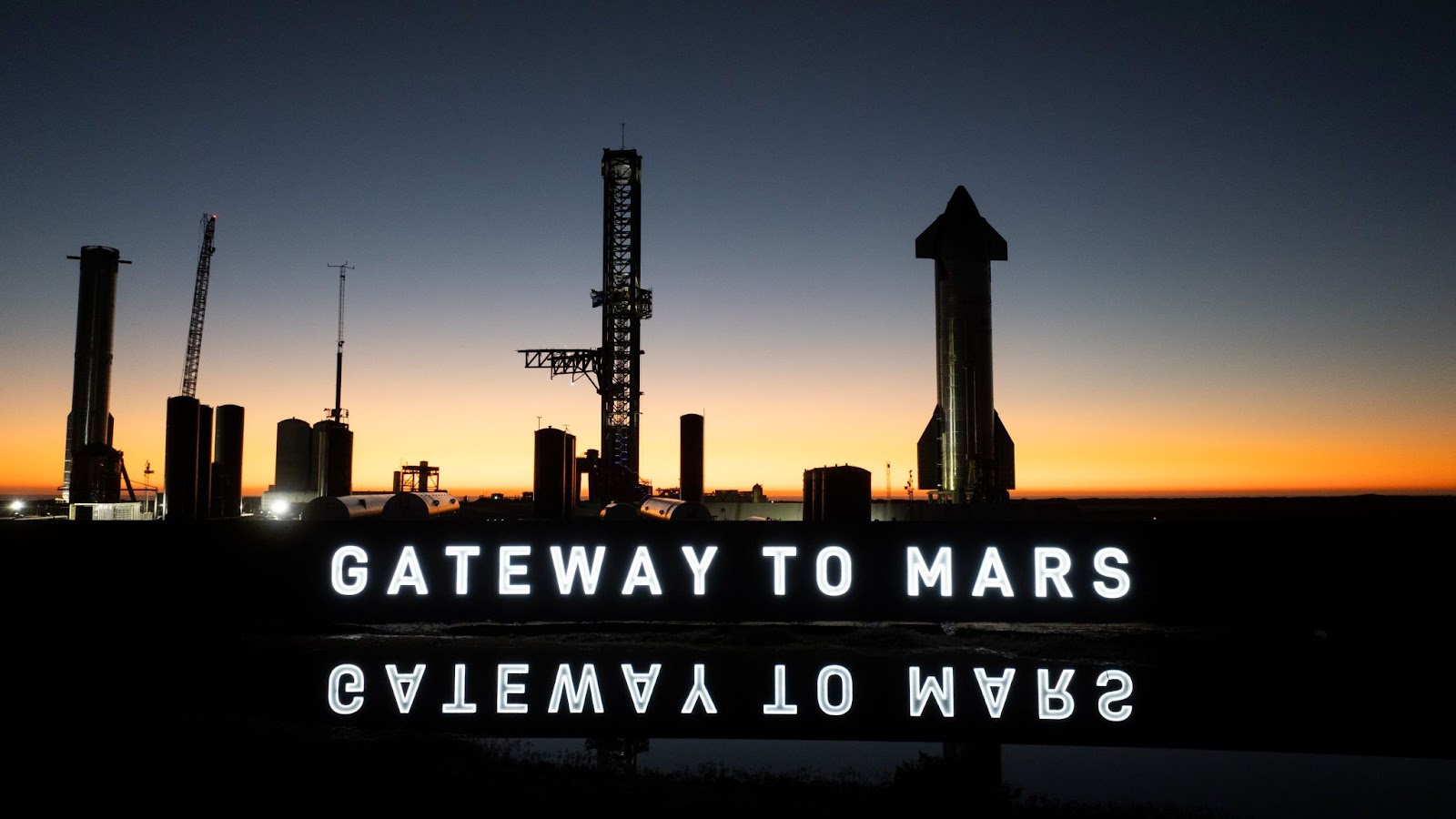
Starship flies for the first — and second — time
Way back in 2005 — before SpaceX had flown a single rocket — CEO Elon Musk was already talking about building a massive launch system that could lift 100 tons of payload into low-Earth orbit. What may have seemed like a pipe dream then is now tantalizingly close to reality, as 2023 saw the first two launch attempts for SpaceX’s Starship, the world’s biggest rocket.
Both attempts ended with explosions, but during the second flight, which took place on November 18, the massive rocket flew for twice as long and reached space for the first time. SpaceX is already preparing for a third attempt, and if it continues to make this kind of progress with each test flight, Starship could return NASA astronauts to the moon as soon as 2025 — and maybe even put people on Mars for the first time not long after that.
We’d love to hear from you! If you have a comment about this article or if you have a tip for a future Freethink story, please email us at [email protected].
